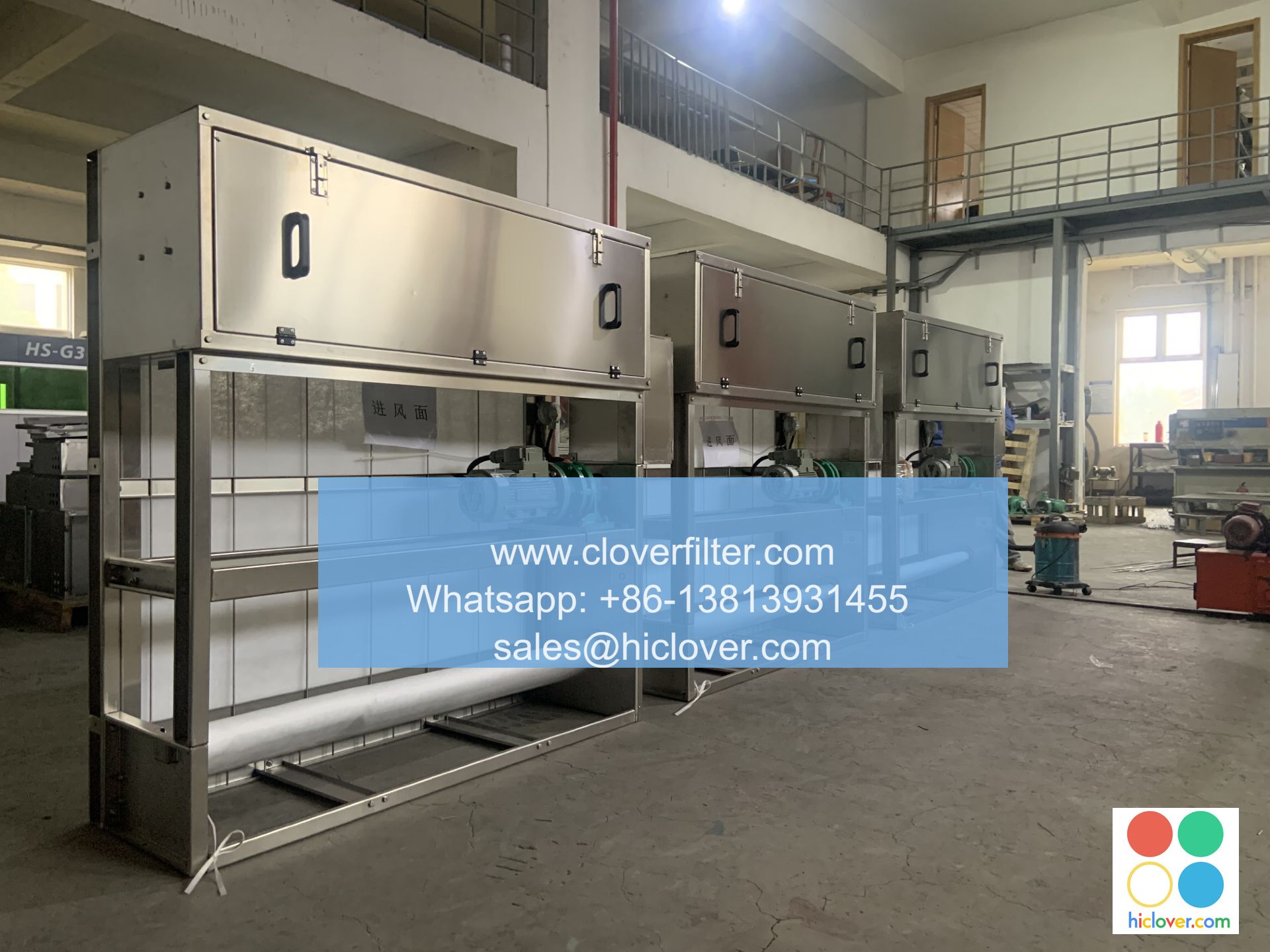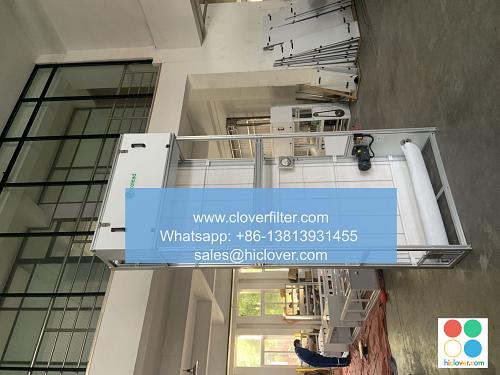The Process of Certifying Air Filters: A Step-by-Step Guide

The process of certifying air filters is a crucial step in ensuring the quality and performance of these essential devices. Air filters are used in a wide range of industrial applications, including heating, ventilation, and air conditioning (HVAC) systems, cleanrooms, and healthcare facilities. In this article, we will provide a step-by-step guide on the process of certifying air filters, highlighting various application areas and industry standards.
Step 1: Determine the Type of Air Filter
The first step in certifying an air filter is to determine its type and intended use. Different types of air filters, such as HEPA filters, ULPA filters, and activated carbon filters, have unique characteristics and requirements. The type of air filter will also dictate the certification standards and testing protocols used.
Common Types of Air Filters
Some common types of air filters include:
* Particulate air filters, which remove particles and contaminants from the air
* Gas-phase air filters, which remove gases and vapors from the air
* Biological air filters, which remove bacteria, viruses, and other microorganisms from the air
Step 2: Meet Industry Standards and Regulations
Air filters must meet various industry standards and regulations, such as those set by the American Society of Heating, Refrigerating, and Air-Conditioning Engineers (ASHRAE), the International Organization for Standardization (ISO), and the Environmental Protection Agency (EPA). These standards and regulations ensure that air filters perform effectively and safely in various application areas, including residential buildings, commercial buildings, and industrial facilities.
Key Industry Standards
Some key industry standards for air filters include:
* ASHRAE Standard 52.2, which sets requirements for particulate air filters
* ISO 16890, which sets requirements for air filter testing and classification
* EPA’s Clean Air Act, which regulates air pollution and sets standards for air quality
Step 3: Conduct Performance Testing
The next step in certifying an air filter is to conduct performance testing. This involves evaluating the air filter’s efficiency, pressure drop, and airflow characteristics. Performance testing is typically conducted in a controlled laboratory setting using specialized equipment and testing protocols.
Types of Performance Testing
Some common types of performance testing for air filters include:
* Aerosol challenge testing, which evaluates the air filter’s ability to remove particles from the air
* Gas-phase testing, which evaluates the air filter’s ability to remove gases and vapors from the air
* Microbiological testing, which evaluates the air filter’s ability to remove bacteria, viruses, and other microorganisms from the air
Step 4: Obtain Certification
Once the air filter has met the required industry standards and passed performance testing, it can be certified by a recognized third-party certification body. This involves submitting test data and other documentation to the certification body, which will review and verify the information before issuing a certification mark.
Certification Bodies
Some recognized certification bodies for air filters include:
* Intertek
* UL (Underwriters Laboratories)
* NSF International
Conclusion
In conclusion, the process of certifying air filters is a complex and rigorous process that involves meeting industry standards, conducting performance testing, and obtaining certification from a recognized third-party certification body. By following these steps and highlighting various application areas and industry standards, air filter manufacturers can ensure that their products meet the required standards for performance, safety, and quality, and provide effective indoor air quality (IAQ) solutions for various industrial applications. It seems like you forgot to include the prompt. Could you please provide more details or clarify what you need help with? I’m here to assist you!

